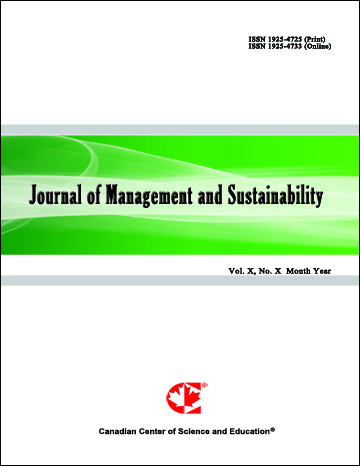Plant Waste in the Production of New Materials in Brazil: A Scientometric Analysis from 19912021
- Anielly M. de Melo
- Brendon O. B. Santos
- Guilherme S. Ribeiro
- Karine B. Machado
- Josana C. Peixoto
- Leonardo L. Borges
- Joelma A. M. Paula
Abstract
Several plant residues can be generated during the stages of industrial processing, such as fruit peel, seeds and bagasse, and these can give rise to high-value products. The management and use of this waste is of global interest. The aim of this study was to evaluate the spatio-temporal evolution of scientific knowledge on the reuse of agroindustrial waste generated in Brazil through a scientometric analysis. To this end, a search was performed in the databases Scopus, Scielo, and Web of Science between the years 1991and 2021. The words used as indexers were agribusiness waste, vegetable waste, fruit waste, biomass waste, plant residue, and chemical characterization. The following selection criteria were adopted: search of indexers by title, scientific articles, articles in English and Portuguese, and articles on plant waste generated in Brazil. There was an increase in publications over the years, with a greater number of studies (21.46%) in the chemistry area, addressing mainly the physical-chemical characterization of materials. In Brazil, sugarcane (Saccharum officinarum L.) was the most studied species with a view to reusing its residues. We identified species from highly threatened Brazilian biomes, such as the Atlantic Forest and Cerrado, with the potential for transformation into new materials. The gaps in knowledge, evidenced in this analysis, suggest that more studies should be carried out on residues of native plant species which impact local communities. In particular, studies could focus on applicability in health and cosmetics, which are promising areas for plant materials and still little investigated.
- Full Text:
 PDF
PDF
- DOI:10.5539/jms.v13n1p58
Journal Metrics
Google-based Impact Factor (2021): 1.54
h-index (July 2022): 37
i10-index (July 2022): 147
h5-index (2017-2021): 12
h5-median (2017-2021): 19
Index
- Academic Journals Database
- ANVUR (Italian National Agency for the Evaluation of Universities and Research Institutes)
- CAB Abstracts
- CNKI Scholar
- EconBiz
- Excellence in Research for Australia (ERA)
- GETIT@YALE (Yale University Library)
- Harvard Library
- HeinOnline
- Infotrieve
- JournalTOCs
- LOCKSS
- MIAR
- PKP Open Archives Harvester
- RePEc
- Scilit
- SHERPA/RoMEO
- Stanford Libraries
- UCR Library
Contact
- Evelyn XiaoEditorial Assistant
- jms@ccsenet.org
